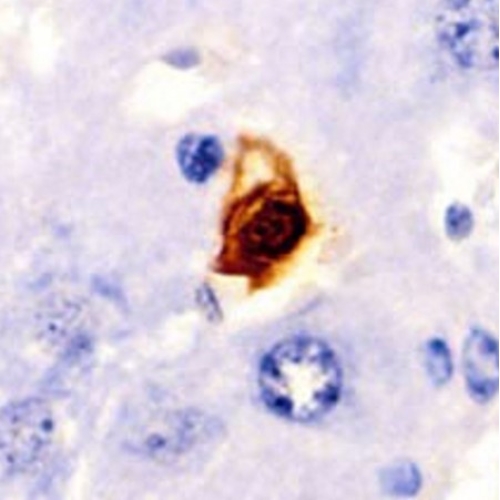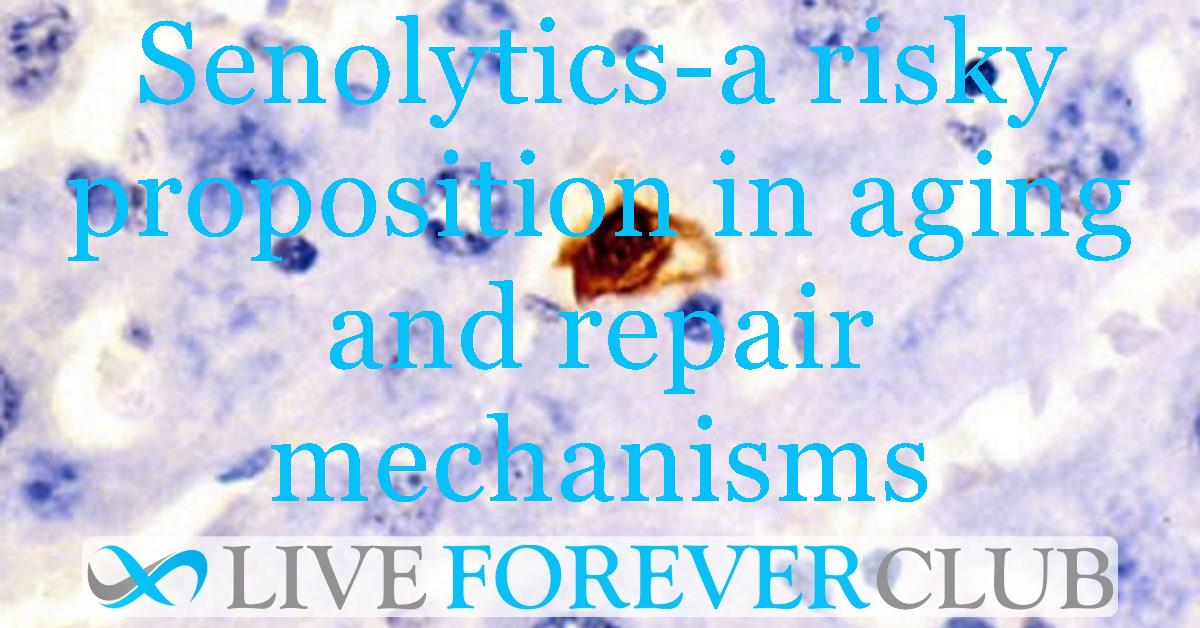Key points from article :
Study says not all senescent cells are necessarily bad, rather can be helpful.
While aging, the senescent cells that refuse to die by themselves are called zombie cells.
These cells do not divide, and they secrete an inflammatory cocktail of signals called the senescence-associated secretory phenotype (SASP).
The SASP can contribute to
1. age-related diseases
2. cause nearby healthy cells to become senescent,
3. their presence is thought to be one of the reasons we age.
The study authors caution that destroying senescent cells has some risks.
Green fluorescent protein (GFP) was used in identifying senescent cells by making them glow.
While examining lung tissue, the team noticed that glowing senescent cells were located in the basement membrane, which acted as a barrier.
Senescent cells helped repair the barrier if damaged.
This study highlights that we currently do not have a full understanding of senescent cells in aging and repair.
The study was carried out at The Campisi lab at the Buck institute.







